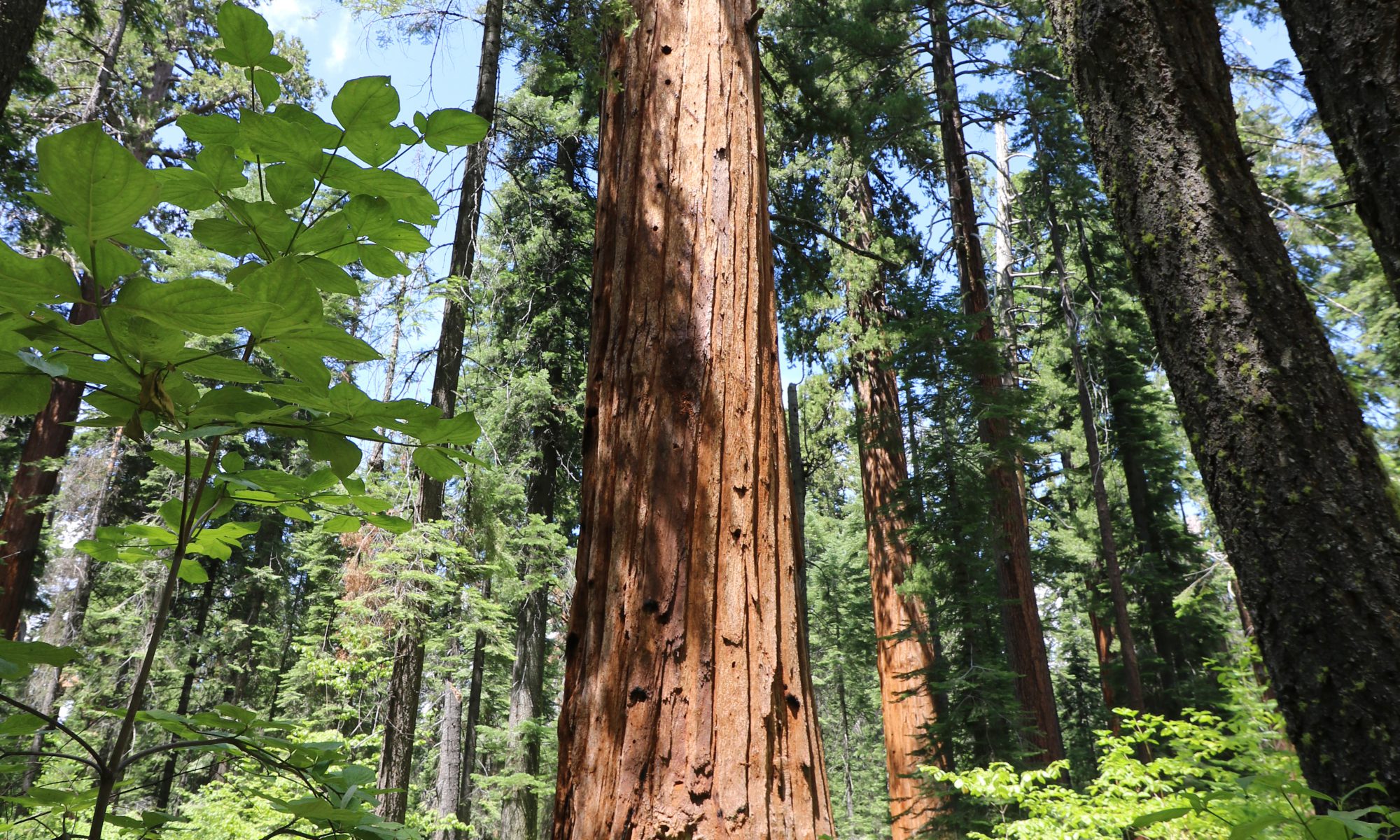“Multiple ratepayer and environmental groups, however, lambasted the plan for its rising costs and the seemingly plodding pace for such a critical project.
“In an ideal world, I would love to see their entire system underground – their plan is just not realistic,” said April Maurath Sommer, executive director of the Wild Tree Foundation, an environmentally-focused group based in the Bay Area. “That’s the concern from an environmental point of view and from a safety point of view, with PG&E’s plan to focus on undergrounding, is it’s too expensive and it’s too slow.”
She instead advocated for the utility provider to install covered conductors – essentially, a plastic covering over its wires – that, she said, can significantly reduce the risk of wildfires at a fraction of the cost of undergrounding. Sommer cited a Southern California Edison estimate of $551,000 a mile to install covered conductors, though PG&E has stated that such a move would easily cost nearly three times as much for its system.
“The focus needs to be on doing things as quickly as possible and as safely as possible,” Maurath Sommer said. “Undergrounding is just not realistic.””
-The Mercury News, PG&E plan to bury power lines gets price tag; who will foot the bill? (February 11, 2022) read more
